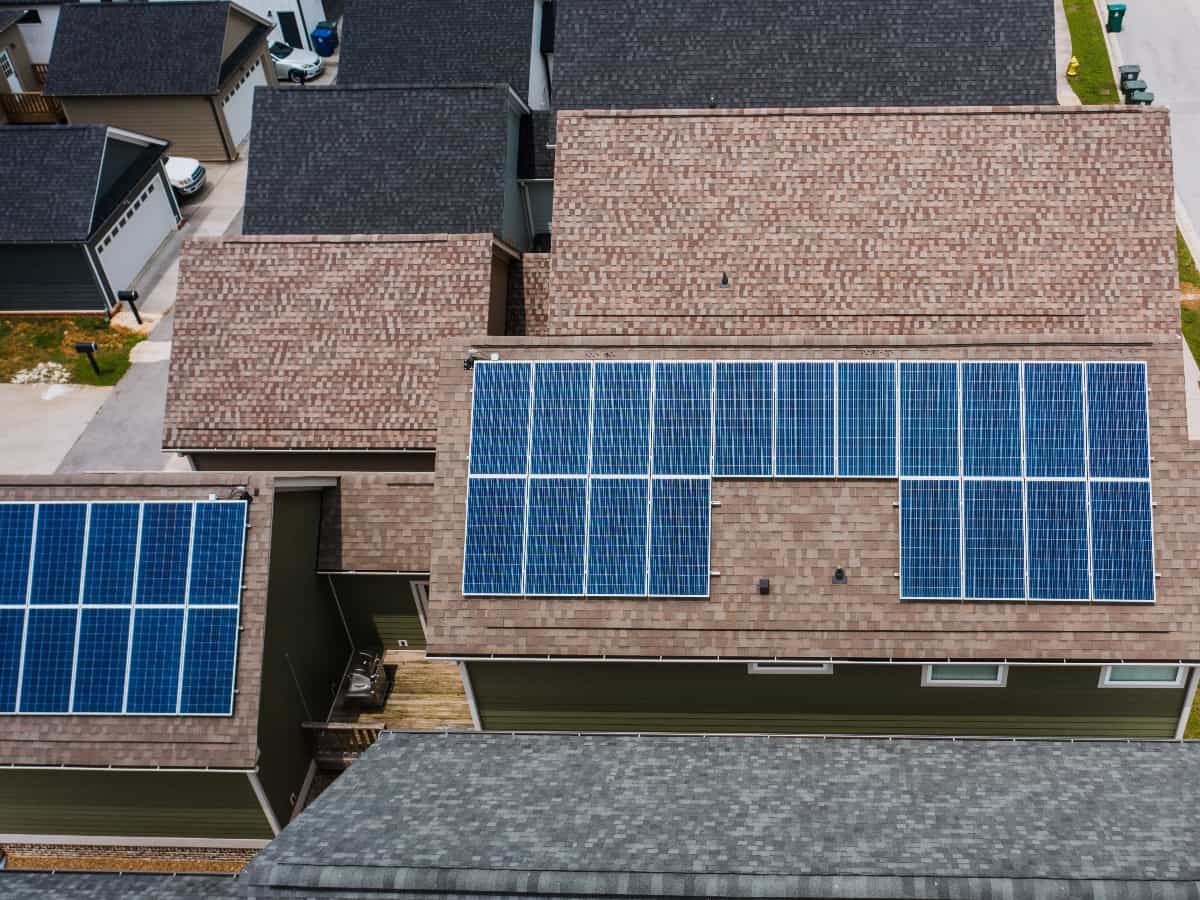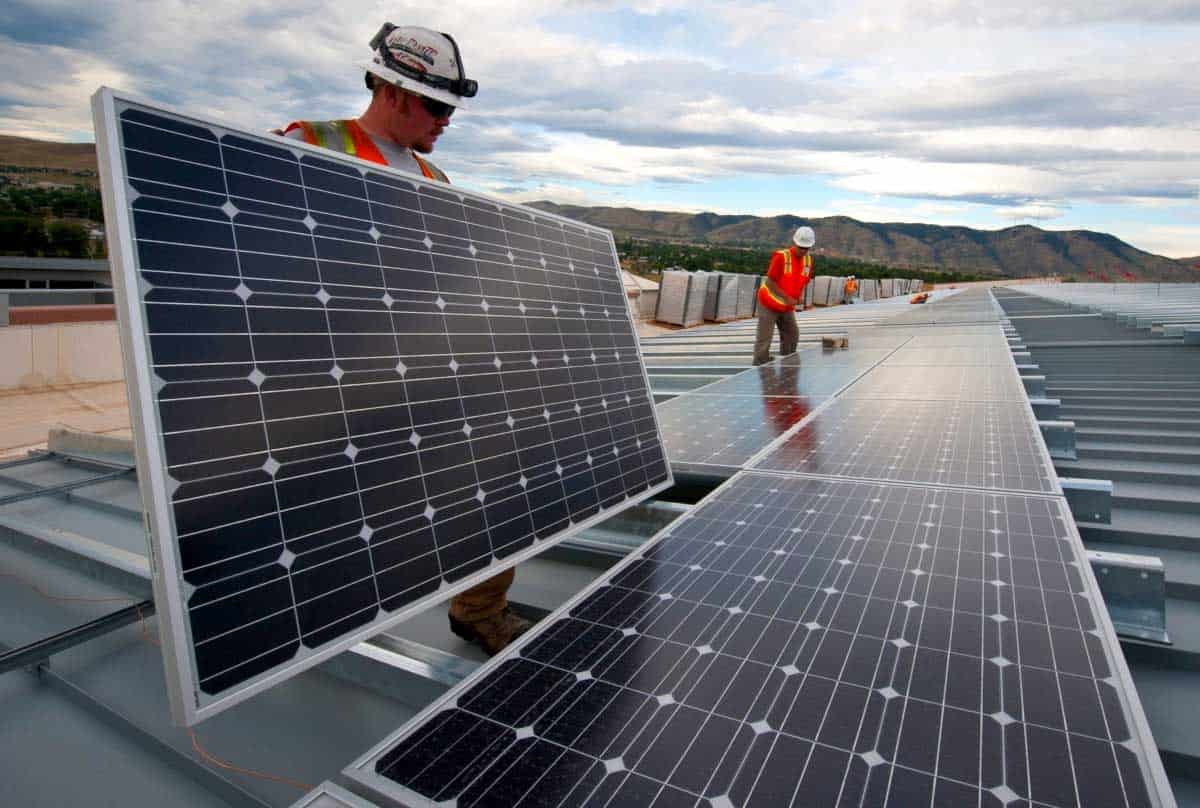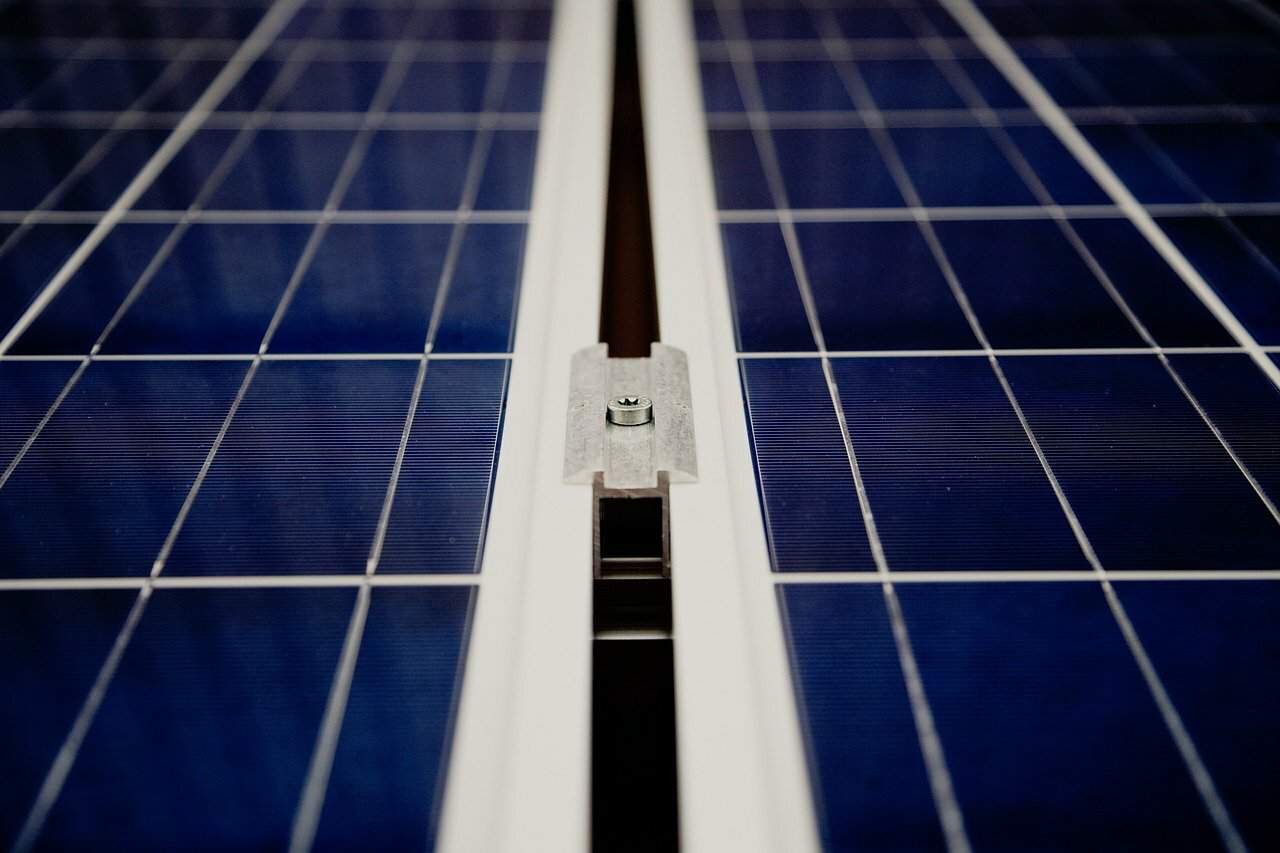The world of solar energy is evolving rapidly, with many embracing this technology. The solar panel system is an excellent way to reduce your carbon footprint and lower your energy bill at the same time. If you plan on installing solar panels, you’ll want to know how much you can expect from your investment. So, how much energy does a solar panel produce? The power you get from a solar panel will depend on several factors, including its size. This article will look at how much energy does a solar panel produce and how many panels you’ll need for your home solar system.
How Much Energy Does a Solar Panel Produce?
A typical residential solar panel produces between 250 to 400 watts per hour. Your solar panel will output energy depending on its wattage. The higher a solar panel’s wattage, the higher its energy levels. It’s good to note that solar panels don’t produce electricity. Instead, they convert the energy from the sun into electricity. This is done using photovoltaic cells, which are semiconductors that absorb light and generate an electric field across their terminals, producing electricity.
The amount of energy that a panel can produce depends on its size and efficiency. Here’s a simple formula to calculate the power a solar panel can output in a day.
The Equation
Energy output = Solar panel watts x average sun hours (peak hours)
For example, let’s assume you have a 250-watt solar panel and live in an area where you get good sunshine for 5 hours. Then, expect to get: 250 watts x 5 hours =1,250 watts per hour
To convert this to what you normally see on your power bill, divide the amount by 1,000. This will be: 1,250 / 1000 =1.25 kilowatts-hours (1.3kWh).
In a month, a 250 watts solar panel output is 1.3 kWh X 30 =39 kWh, and 39 kWh X12 = 468 kWh annually.
When doing tests, laboratories use perfect conditions to test the energy output of a solar panel, which always equals its wattage. For example, they can use 25oC and a fixed amount of light to do the testing. Unfortunately, when using the panel in your home, you will not be able to meet those perfect conditions because of environmental factors. So, you’ll need to factor in the inefficiency rate.
In our example above, let’s factor in the environmental factors such as dust and weather that may affect heat absorption. Typically, these factors range between 70 – 90%. So now let’s assume 85% inefficiency in our example.
The Breakdown
The formula will be: The energy produced = solar panel watts × average sun hours × environmental factors.
250 watts x 5 hours x 0.85 = 1,062.5 watts-hours
Convert to kWh: 1,062.5 / 1000 = 1.0625 kWh
Monthly output: 1.0625 kWh x 30 = 31.875 kWh
Annual output: 31.875 kWh x 12 = 382.5 kWh
A 250 watts solar can produce 383 kWh per year on average. This figure can go up or down. Note that this figure can be different depending on the organization you choose. This is because each organization has its way of calculating energy output.
You can also use this online calculator to estimate the amount of energy a solar panel produces. Now that you know how much energy does a solar panel produce, let’s look at the ideal size for your home.

What Is the Ideal Size of the Solar System for Your Home?
Now that you know how to calculate the energy a solar system can produce, let’s calculate the solar system size. To come up with the correct size of the solar panel your home requires, you first have to understand your power needs. Then, ask yourself, which appliances do I want to run on solar energy? If you want your whole home to run on solar, then a single panel cannot handle your home’s energy consumption.
According to the U.S. Energy Information Administration (EIA), a U.S. household uses an average of 893kWh per month. First, you’ll need to know your home’s daily average energy consumption. How do you do that? The easiest way is:
- Take your monthly electricity bills for the last 12 months
- Add up the energy usage (kWh) for the 12 months
- Divide the sum by 12 months to get the average use per month
- Divide the amount by 30 days to get your average daily energy consumption.
Another way to do this if you don’t have the bills is:
- Calculate your daily usage by calculating your household consumption. For example, if you watch a 100 watts television for 5 hours a day, then its consumption will be:
100 watts x 5 hours = 500 watts-hours per day, 500 watts x 30 days = 15,000 watts per month, which translates to 1.5 kWh.
- Do this for all your household devices and appliances that use energy.
- Add up the sum of all the device’s usage to get the average energy consumption per day/month.
You can also use an online energy consumption calculator to estimate your appliance’s energy usage.
Now that you know the power you need to keep your home running, let’s see the size of the solar system you need.
The Breakdown
Let’s assume energy consumption figures from the EIA of 893 kWh per month.
Daily usage is 893 kWh / 30 days = 29.8 kWh.
To calculate the solar system size:
Solar system = Average daily energy usage / average sun hours
30 kWh / 5 hours = 6 kW
You will need a 6 kW solar system that will provide energy for your home if your monthly usage is 893 kWh. However, it’s important to remember that a 6 kWh solar system will provide energy mainly depending on the weather.
After sizing your solar system, let’s now calculate the number of panels you’ll need for a 6 kWh system.

How Many Solar Panels Will You Need?
The solar panels you need depend on your roof size and the panel’s wattage you choose. The less the wattage, the more solar panels you’ll need.
If you choose to get the 250-watt panels, then:
6kWh x 1,000 = 6,000 watts
No. of panels = 6000 watts / 250 watts = 24 panels
For a 6 kW system to produce 893kWh energy per month under 5 hours of sun, you will need 24 pieces X 250 watts panel. If you want to buy the 400 watts because of limited space on the roof, you’ll need 6000 watts / 400 watts = 15 panels. The best way is to let experts assist you in sizing your solar system. They will also advise you on the best solar battery storage if you want to go completely off-grid.
What Are the Factors That Determine a Solar Panel’s Energy Production?
Did you know the hotter a solar panel becomes, the less energy it produces? Now, let’s look at other factors that affect a solar panel’s energy production.
Solar Panel Size
The size of a solar panel is measured in watts, meaning the larger the panel, the more power it will produce. For example, the standard size for a residential solar panel is 250W, which means it can output enough energy to power a small home.
Weather
The most important factor is the weather. When it’s cold, your solar panels will produce less energy than on a sunny day. Other weather factors, such as humidity and wind speed, affect your panels’ energy output.
Shading
The output of your solar panels significantly decreases when there’s a shade blocking the panels. The most common shades are trees, buildings, and other structures near your home or business.
Roof Orientation and Angle
The angle at which you place the panels on a rooftop will significantly affect how much energy is produced. If you live in Florida, it’s usually best to have your panels face south. Also, the angle of the panels should be between 30 and 45 degrees to help absorb as much heat as possible.
Solar Panel Type
There are different solar types—monocrystalline, polycrystalline, and thin-film modules. Monocrystalline panels usually cost more, but they last longer than polycrystalline and thin-film modules. They also absorb light better than their counterparts, making them more efficient.
On the other hand, polycrystalline is more expensive than thin-film modules and lasts longer. Therefore, it’s the most commonly used in residential homes since it’s more affordable, efficient, and durable than thin film.
Choose ONIT Home Today for All Your Solar Energy Needs!
How much energy does a solar panel produce? Most domestic solar panels output 250 to 400 watts per hour, but this depends on many factors. If you’re looking for a solar system, it’s always a good idea to hire the services of professionals like ONIT Home. With ONIT, you’re guaranteed reduced buying and installation rates. In addition, you have access to easy financing options to minimize switching hassles. Let professionals do the hard job for you and provide you with the best solar power system for your home and business.
Get a quote from us online or call us at 1-833-433-0331 to speak to our dedicated representatives. For all your solar energy needs, we’re ONIT.



